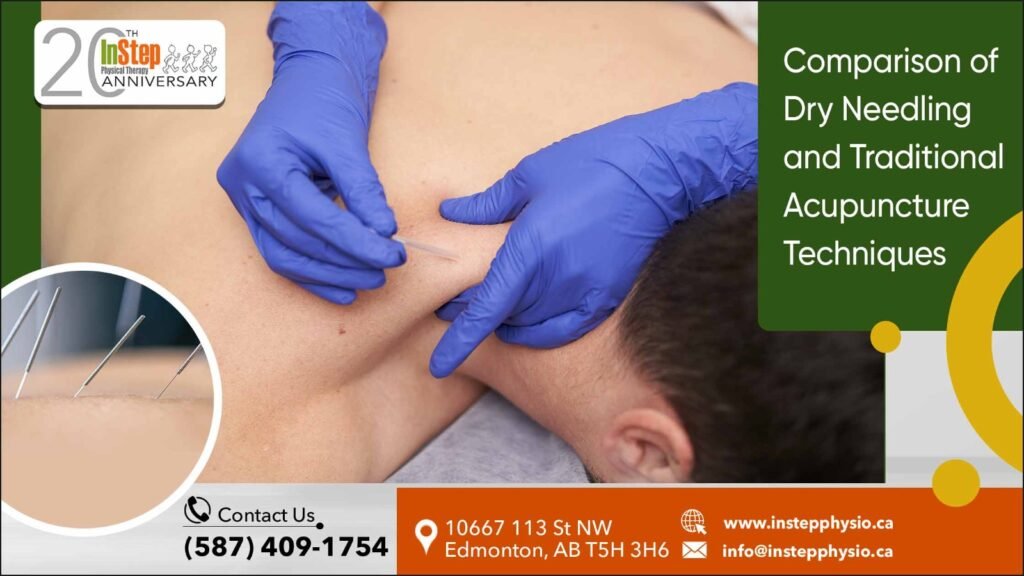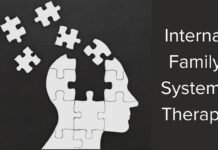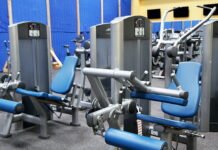Last Updated on July 14, 2024 by Asfa Rasheed

In the realm of physical therapy and alternative medicine, both dry needling and traditional acupuncture stand out as popular techniques to address pain and musculoskeletal disorders. Though they may seem similar due to the use of needles, their philosophy, application, and purposes are quite distinct. Especially in centers like In Step Physical Therapy Edmonton, understanding the difference can help individuals select the method that best suits their needs.
Table of Contents
Origins and Philosophy
Traditional Acupuncture: Rooted in Traditional Chinese Medicine (TCM), it has been practiced for thousands of years. It is based on the philosophy of Qi (pronounced “chi”), a vital energy that flows through meridians in the body. Disruption in the flow of Qi can lead to ailments. Acupuncture seeks to restore this balance by inserting ultra-thin needles at specific points along these meridians.
Dry Needling: Often referred to in Edmonton and other parts of the world as “IMS therapy” or intramuscular stimulation, dry needling is a relatively modern technique. Its foundation is in Western anatomical and neurophysiological principles. The technique focuses on addressing specific ‘trigger points’ or knots in the muscles that could cause pain or dysfunction.
Technique and Application
Traditional Acupuncture: The needles are usually inserted more superficially and can remain in place for a longer duration, ranging from 15 to 30 minutes. Practitioners may also apply electrical stimulation or heat to the needles.
Dry Needling: This method often involves the deeper insertion of needles into the muscle. The needle is typically manipulated to elicit a muscle twitch response, which is believed to release the tension and pain in the muscle. The session might be shorter than an acupuncture treatment.
Areas of Focus and Treatment Goals
Traditional Acupuncture: While it’s commonly associated with pain management, acupuncture in TCM is a holistic approach. It aims to treat the entire individual, addressing not just physical but also mental, spiritual and emotional aspects of well-being.
Dry Needling: Predominantly used for musculoskeletal problems, the primary goal is to reduce pain, increase range of motion, and improve function. In, Dry Needling Edmonton is often sought for conditions like muscle tightness, tendonitis, and osteoarthritis.
Physiological Effects and Mechanisms
When comparing dry needling and traditional acupuncture, it’s vital to understand the underlying physiological mechanisms and effects elicited by each technique. These mechanisms offer insights into why and how each approach might provide relief or therapeutic benefits.
Dry Needling:
- Muscle Fiber Activation: Dry needling targets myofascial trigger points, which are tight knots within a muscle that can cause pain over a larger area. By inserting the ultra-thin needle into these trigger points, an involuntary spinal cord reflex, known as a local twitch response, is elicited. This response can help relax the tightened muscle fibres.
- Increased Blood Flow: The microtrauma created by the needle insertion boosts local blood flow. This increased circulation delivers oxygen-rich blood to the affected area, promoting healing.
- Pain Modulation: Dry needling can influence pain pathways in the central nervous system. By stimulating specific nerve fibres, it can block pain signals and release endorphins, our body’s natural painkillers.
Traditional Acupuncture:
- Qi and Meridian Stimulation: Based on Traditional Chinese Medicine (TCM) principles, restoring the balance of Qi is believed to promote health and alleviate illness.
- Endorphin Release: Similar to dry needling, acupuncture can stimulate the release of endorphins, which is pivotal in pain reduction.
- Neurological Effects: Acupuncture points often correspond to key neurological sites on the body. By stimulating these points, acupuncture can modulate various neural functions, potentially influencing pain perception and other sensory responses.
- Immune Response Modulation: Research has indicated that acupuncture may stimulate the production of specific immune cells, aiding the body’s natural healing processes.
- Homeostasis Restoration: Acupuncture is believed to help restore homeostasis in the body, balancing out various physiological systems and ensuring they function in harmony.
In summary, while both dry needling and traditional acupuncture involve the insertion of ultra-thin needles into the body, their physiological objectives and mechanisms can differ considerably.
Dry needling is more rooted in understanding musculoskeletal dysfunctions, targeting specific trigger points to alleviate pain and improve muscle function. On the other hand, acupuncture, grounded in TCM, aims to balance the body’s energy systems and influence a range of physiological processes for holistic health benefits. Whether opting for dry needling or pursuing traditional acupuncture, it’s crucial to consult with trained professionals who can guide the treatment process based on individual needs.
Bridging the Needle Gap: Understanding Dry Needling and Acupuncture in Therapy
Whether you’re considering IMS therapy Edmonton or exploring traditional acupuncture, understanding their differences is key. Both have their place in therapeutic interventions, but the choice largely depends on the individual’s condition and treatment goals. It’s always advised to consult with professionals, such as those at In Step Physical Therapy Edmonton, to get a comprehensive understanding and make an informed decision.





















